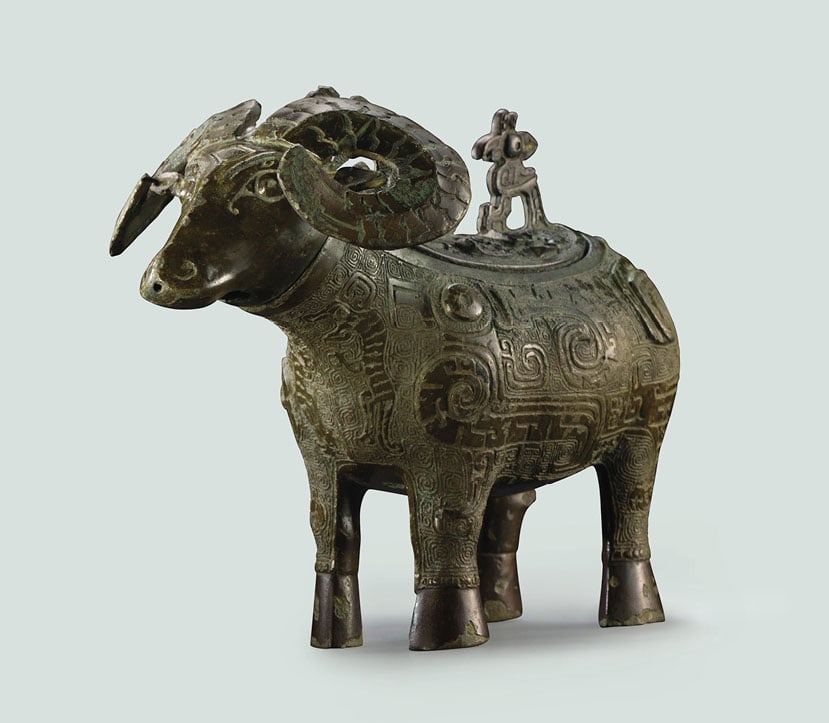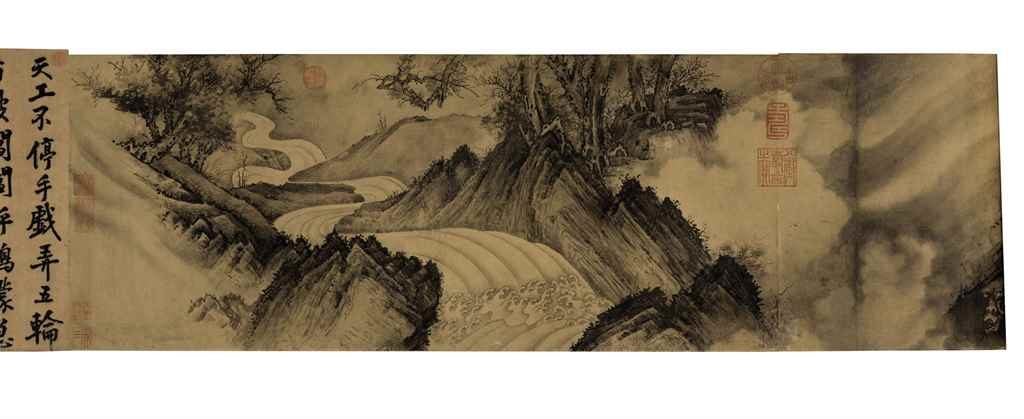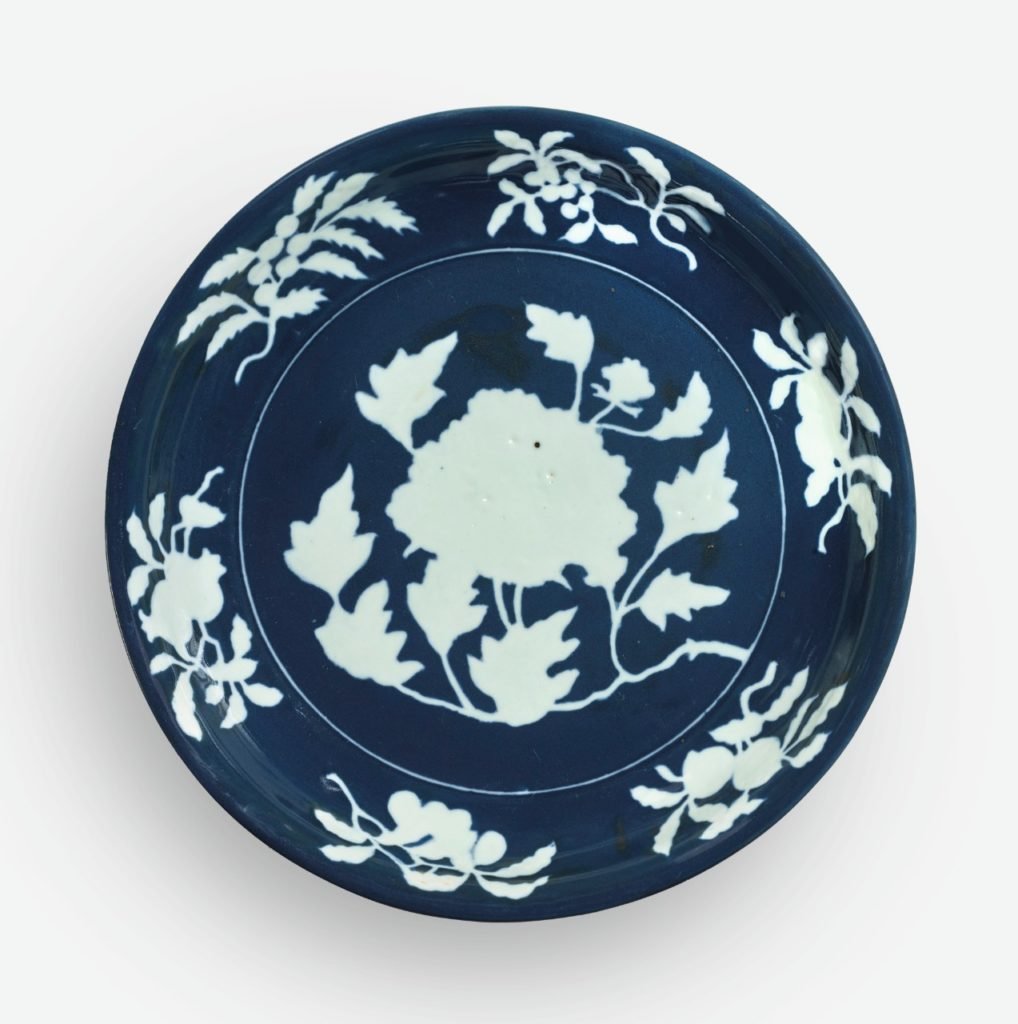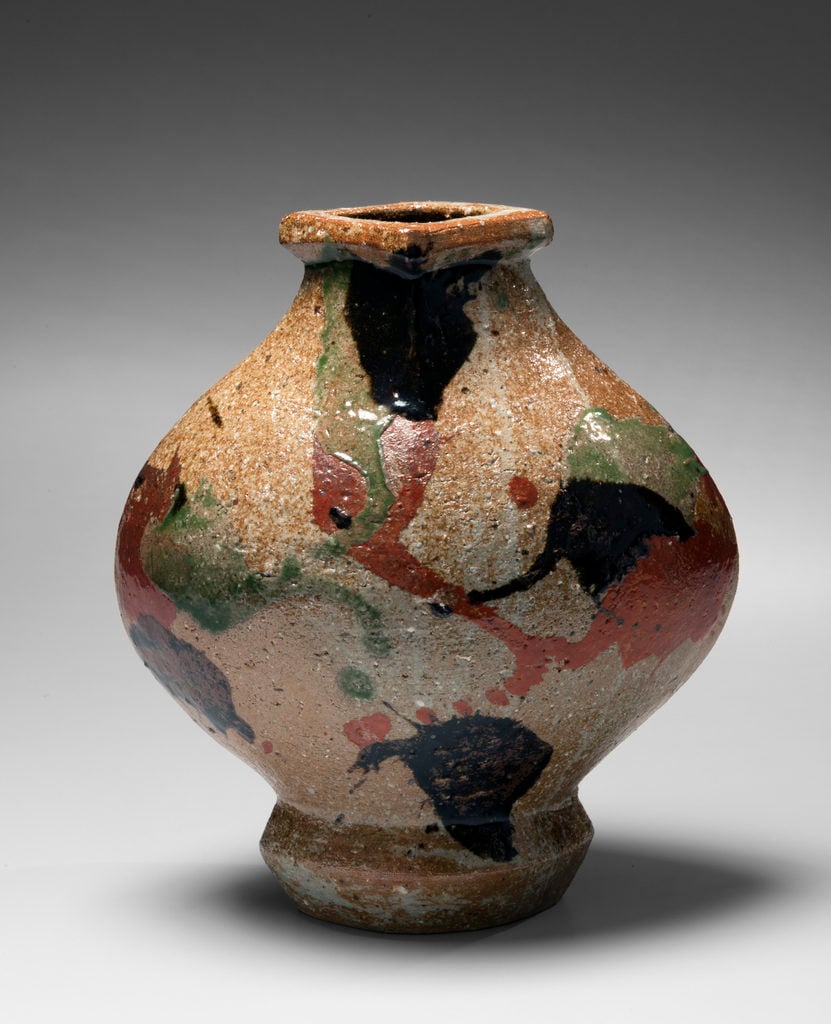Auctions
Asia Week New York Pulls In Record $423 Million, Fueled by Massive Christie’s Sale
It was the most successful Asia Week ever.

It was the most successful Asia Week ever.

Sarah Cascone

It was the most successful Asia Week New York ever, by the numbers, with a reported $423 million in sales. A huge figure by any metric, the total blows away the $130 million in 2016 sales, which were undoubtedly affected by raids from federal officials that saw eight potentially-stolen items seized. In 2015, Asia Week saw $360 million in sales.
Now in its eighth edition, Asia Week had over $406 million in sales this year from its five participating auction houses: Sotheby’s New York, Christie’s New York, Bonhams New York, Doyle New York, and iGavel, Inc. Asia Week also saw a record 50 international art galleries take part for 2017.
“With the influx of Chinese buyers, museum curators and collectors, Asia Week New York ended on an upbeat note with record-breaking sales in all categories,” said Asia Week chairman Lark Mason in a statement.
Leading the charge was Christie’s March 15 sale of “Important Chinese Art From the Fujita Museum,” in Osaka, Japan. Sales on the night amounted to a hefty $262.84 million, over 60 percent of the week’s total. Despite an estimate of just $1.2–1.8 million, a Chen Rong handscroll titled Six Dragons sold for an astonishing $48.97 million.

Chen Rong as catalogued in Shiqu Baoji, Six Dragons. Courtesy of Christie’s New York.
Other top lots included a Bronze ritual ram-form wine vessel from the Shang dynasty, 13th–11th century BC, that blew away a $6–8 million estimate with a $27.1 million price tag, and three bronze ritual wine vessels that sold for $37.21 million, $33.85 million, and $27.13 million each.
The sale was a big surprise, totaling about 10 times the pre-sale estimate. “What just happened?” National Art Services Executive at US Trust Evan Beard asked the New York Times. “A fairly minor de-accession sale becomes one of the most successful auctions of the last few years.” The experts seem to have underestimated the appeal of the auction’s rare, high-quality items, paired with an impeccable Fujita Museum provenance.
Over at Sotheby’s, a large blue and white reserve-decorated “peony” dish topped its presale estimate, of $1–1.5 million, fetching $2.17 million at the sale titled “Ming: The Intervention of Imperial Taste” on March 17. The top lot of the day, which saw $11.34 million in total sales, was a rare Anhua-decorated Tianbai-glazed Meiping, which sold for $3.13 million on a $2.3–2.8 million estimate.

An Exceptionally Rare and Large Fine Blue and White Reserve-Decorated “Peony” Dish. Xuande mark and period. Pre-sale estimate $1–1.5 million. Courtesy of Sotheby’s.
Sotheby’s also found success with its March 16 “Fine Classical Chinese Paintings & Calligraphy” sale, where Zhu Da’s Flowers, Birds, Fish, and Fruit was the top lot at $3.13 million. It held the week’s only modern and contemporary sale, “Modern & Contemporary South Asian Art,” also on March 16, with Raja Ravi Varma more than doubling the high estimate of $700,000 with the $1.69 million sale of Untitled (Damayanti). The two sales totaled $14.37 million and $6.56 million, respectively.
On March 15, Bonhams had a 95.71 percent sell-through rate for “The Zuiun Collection.” The house made $677,750 on the night, with a Qin dynasty patinated sandalwood scepter selling over nine times its high estimate, for a total of $90,000, for the auction’s top sale.
Bonhams also found success with its “Fine Japanese and Korean Art” auction on March 15, achieving $2.27 million led by an Edo period screen from mid-late 17th century that had a high estimate of just $60,000, but brought in $427,500. Across seven auctions, the house made $17.18 million in sales.

A bamboo scepter, China, Ming dynasty. Pre-sale estimate $20,000–30,000. Courtesy of Bonhams.
The week’s success is all the more impressive given that winter storm Stella blew into town in the middle of the week—but while most of New York’s museums stayed closed due to the weather, Asia Week dealers kept their doors open.
“As we come from the land of cheese, chocolate and high mountains,” said Swiss dealer Robert R. Biggler in a statement, “this little winter episode does not really impress us.” He reported a productive day despite the snow.
In fact, the closure of most other New York businesses might have actually helped sales: “Believe it or not it has been wildly crazy today with drop-in clients who are typically too busy during the week,” said dealer Joan Mirviss, in a statement, noting that collectors and curators specifically in town for the occasion were also undeterred. She reported selling 79 pieces during the week.

A very rare major work by Kawai Kanjiro, a flattened vessel (henko) with flaring mouth and sançai red, green and black iron-oxide glazes on unglazed Shigaraki clay body (circa 1960). Courtesy of Joan B. Mirviss Ltd.
Katherine Martin, director of Scholten Japanese Art, agreed, noting that “we had several visitors that were pleased to have somewhere to go since so many of the big venues and institutions were closed.”
Asia Week was perhaps a good lead-in for this week’s Art Basel in Hong Kong, which opens March 23. No less than 241 galleries are on hand, including a strong contingent of dealers from the region. As revealed by the recently released TEFAF 2017 Global Art Market Report, Asian auctions now account for 40.5 percent of the world’s auction market, up from 31 percent in 2015.